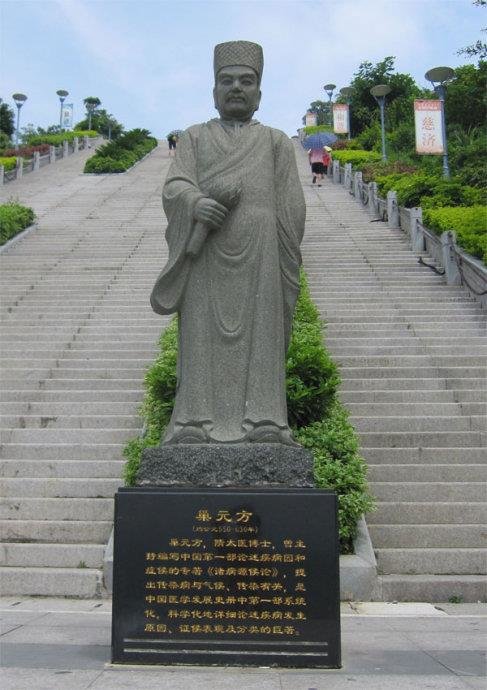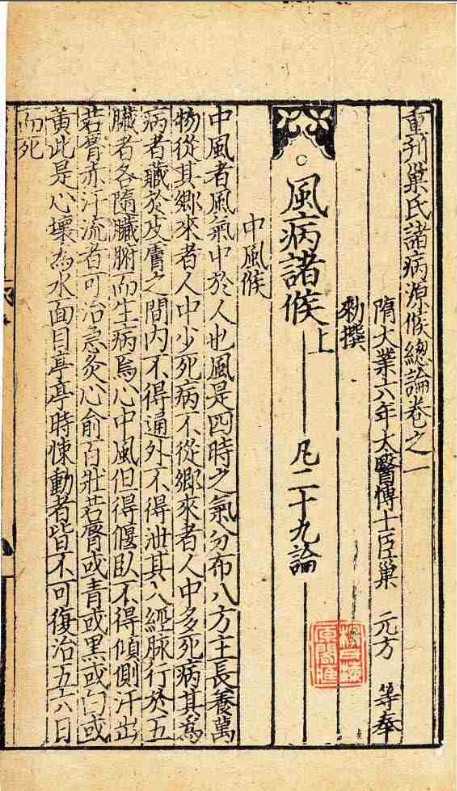
The battle between human and pathogen is one as old as time, shaping our evolution as well as culture. However, with the relatively recent invention of modern medicine and the germ theory of disease, it is often difficult to peer back into time and assess which pathogens ancient civilization may have dealt with. The historical records are spotty, ambiguous, and written through the lens of a different understanding of disease. But every once in a while, we get lucky. That is exactly what has recently happened with a 1400 year old Chinese treatise recently translated into English which, among other things, describes an illness suspiciously similar to what we call pertussis (or whooping cough). Read on for a quick digest of a fascinating article published in Open Forum Infectious Diseases describing a historical aspect of ID.

Chao Yuanfang, imperial physician of the Sui Dynasty was by all accounts a revered medical scholar and physician to the emperor in the early 600s CE. He is one possible author of the preeminent medical text of the time and region, Zhubing yuanhou lun (Treatise on the Origin and Symptoms of Diseases). This Treatise is composed of 50 scrolls detailing over 1700 medical illnesses, each categorized into 71 categories spanning all ages and organ systems.
The details of this work are incredibly interesting and discussed further in the article, but one illness description stood out- the loosely translated “cough of 100 days”. This disease was noted in the text to be a serious ailment most often found in children. It was said that “[If] it is not cured within 1 month and there is a cough within 100 days, only 1 or 2 of 10 will recover”. Some think this may be the earliest description of pertussis ever recorded.
To modern medicine, pertussis is a highly contagious bacterial disease caused by Bordetella pertussis. Before the dissemination of a vaccine in the 1940s, 200,000 children contracted this illness annually in the United States, causing mortality in 9,000 of those cases. Luckily, successful vaccination efforts dramatically reduced the harm of this infection, with current annual pertussis incidence between 10,000 and 40,000 with few deaths.
The article, titled Chao Yuanfang: Imperial Physician of the Sui Dynasty and an Early Pertussis Observer?, expands upon this idea, and shares additional details about these newly translated medical texts (link here). If truly describing pertussis, or some other ancient predecessor to this modern illness, these revelations further illustrate not only the rich history of medicine, but also the shared struggles that modern civilization may share with antiquity.
1 comment